20+ Years Experience
Specialist Business Insolvency Company

The creditors’ voluntary liquidation process enables company directors to close an insolvent company entirely voluntarily, often to deal with creditor pressure and an incoming wind-up petition.
A creditors’ voluntary liquidation (CVL) allows the director to nominate their liquidator and deal with the company assets in their way.
Unlike any compulsory liquidation process, this voluntary liquidation process gives directors more control in dealing with their limited company entering insolvency.
Creditors’ voluntary liquidation turns solvent companies into insolvent businesses through company liquidation.
When this decision is made, the insolvent liquidation process begins, and the limited company is voluntarily dissolved.
The creditors’ voluntary liquidation process is a good way for a limited company to close if each company director and majority shareholders agree.
Being able to appoint a proposed liquidator also means that the company’s affairs are more easily managed.
There is a range of reasons why company directors may want to approach CVL as the main option for a soon-to-be-insolvent company.
Companies Act 2006 forms the basis of CVLs. The process begins at a board of directors meeting, appointing an AABRS to handle the meetings themselves.
Most directors and shareholders at this meeting must agree that a CVL is the best option.
This meeting is followed by a timeframe of 14 days which notices can be served by company creditors.
The liquidation itself does not begin until outstanding creditors’ notices are dealt with or the business reaches the end of that time limit with no complaints or challenges from creditors.
Creditors cannot stop the liquidation, but they can complain about the liquidator at a creditors meeting.
Assets are evaluated and valued, and a valuation report is produced. This is used to help manage the assets sold off, whether they are physical items or intellectual property still owned by the company rather than any individual. These assets pay off the company debts that might remain.
Directors have far more control over the company’s liquidation.
A fully licensed insolvency practitioner can carry out this formal insolvency procedure near flawlessly.
This liquidation also brings investigations to the directors and the company.
Personal guarantees are required, and shareholders meeting about the issue will likely not receive any returns from the insolvent liquidations.
The appointed insolvency practitioner and liquidator needs to be a qualified, licensed and authorised insolvency practitioner that will act in good faith and maximise return for company creditors.
The appointed liquidator’s job is to take the company’s assets and distribute them to creditors once the company enters the final liquidated state.
The insolvency practitioner also has the power to investigate poor conduct and wrongful or suspicious trading.
Beginning a CVL usually takes two weeks as most, but often far shorter.
Liquidating a company takes far longer since assets need to be valued and moved around. The larger the company, the longer this takes.
On average, liquidation costs around £4,000, not counting additional VAT.
This makes them somewhat expensive, but the assets released can often pay for the process themselves. This means that many directors can treat it as a completely free option.
Voluntarily liquidating a business can be halted if the debtor can suddenly pay their debts.
If the assets are already liquidated, and the company has been struck off the record, an administrative restoration can put them back on the register, but only under certain circumstances.
Directors are investigated during CVLs. If they are found liable for the business’s current state, they will be treated as the legal entity responsible for the problems.
They will often receive legal action against them and a ban on taking director roles for up to 15 years.
If there is no questionable conduct and no fault is found, this does not apply.
When is a company classed as insolvent, and what are my responsibilities as a director?
A director needs to oversee the compulsory liquidation correctly. This includes not trading while knowingly insolvent, gathering the information that your practitioner needs, and ensuring that you have ways to pay creditors if possible.
This also includes looking into how to claim redundancy or manage holiday pay for former employees. The redundancy payments office is a good place to start.
If the company assets do not cover all of the debts, the director needs to be careful about how they make payments and should avoid taking on any further debts.
A CVL can only easily be entered if you have an insolvency practitioner to rely on.
They can give you the advice you need to approach a CVL safely and effectively.
While creditors meetings and creditors voting on the process are important, their voting intention and power are usually secondary to the director of the distressed company and its shareholders.
A board of directors meeting needs to be held, with the chairman notifying the visitors to the physical meeting (digital meeting or a meeting including proxy forms) of what is happening.
A decision date is set, and the group votes about the end of the company, with an IP ready to oversee the process.
Shareholders and trade creditors are informed of what is happening, as well as the financial position of the business.
#A report is prepared by the IP that goes into the company’s trading history and recent accounts to use alongside the liquidation.
If 75% of the shareholder’s meeting agrees to the non-compulsory winding-up petition, the liquidation goes ahead.
A creditors meeting is no longer required unless requested by more than 10% of creditors (either in number or value) or 10 individual creditors.
Otherwise, liquidation begins at midnight on the same day as the decision date.
As laid out by the insolvency act, the liquidation starts with the licensed insolvency practitioner breaking down the assets, then paying outstanding creditors (beginning with secured creditors, then preferential creditors, then unsecured creditors).
The company assets pay any creditors that remain unpaid, ideally until the vast majority of debts are gone.
Failing to pay the creditors is not wrongful trading or conduct here. Secured creditors are paid first, but depending on overall asset deficiency account-wide, this kind of insolvency may result in the business being unable to pay everybody.
Those not fully paid often have to write off the losses as bad debt.
After this, Companies House closes the insolvent company and strikes it from the record. It is no longer a legal entity and cannot trade.
Insolvency is a complex system that many people do not fully understand.
If you want personally guaranteed support from experts who know what they are doing and understand how to protect your business, contact us today to learn more.
Our expert staff are well-equipped to help liquidate a company of any scale, all while ensuring that we take the best steps for the company rather than rushing into a process that will not work for you.
Working alongside company directors, we make sure that we tackle each challenge well and get the best possible results for each client company.
If you want to close your business in a very direct way, then working with us is the easiest option to ensure that everything is dealt with properly.
The more complex the process gets, the more important it is to rely on experts who can handle it effectively.
Here are some other informative articles about business debt in the UK:

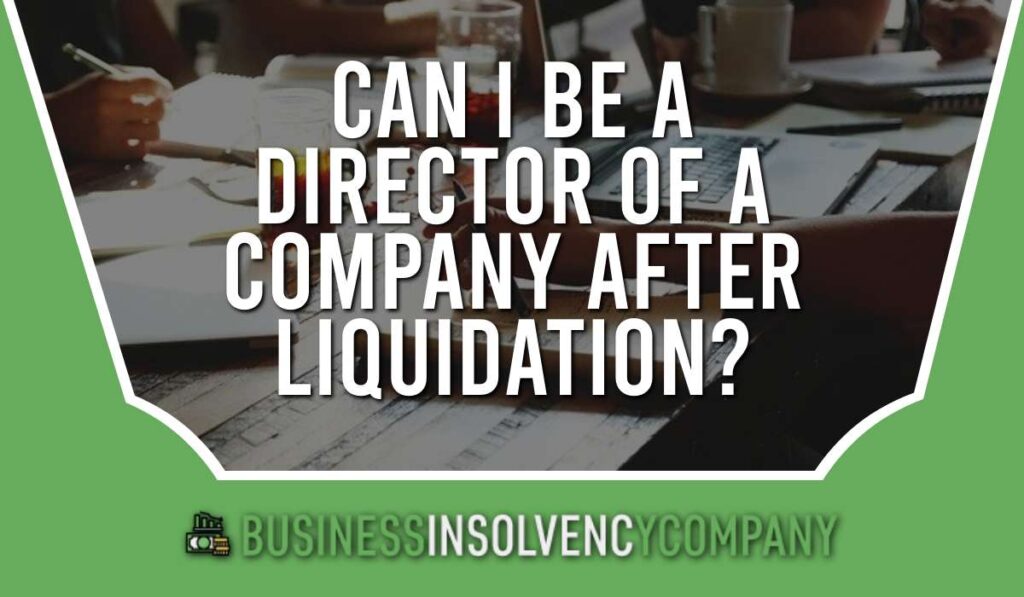


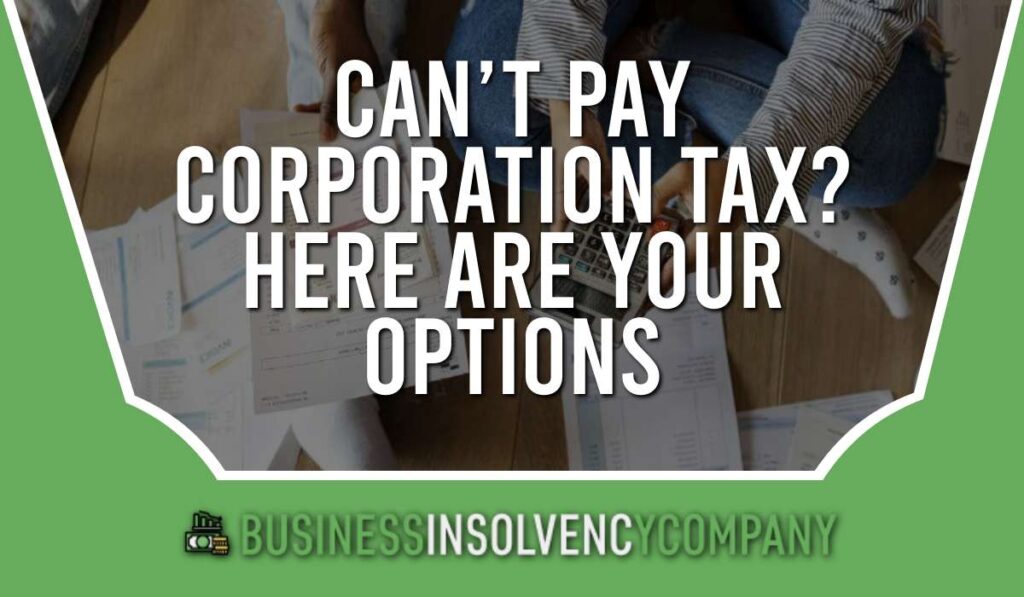
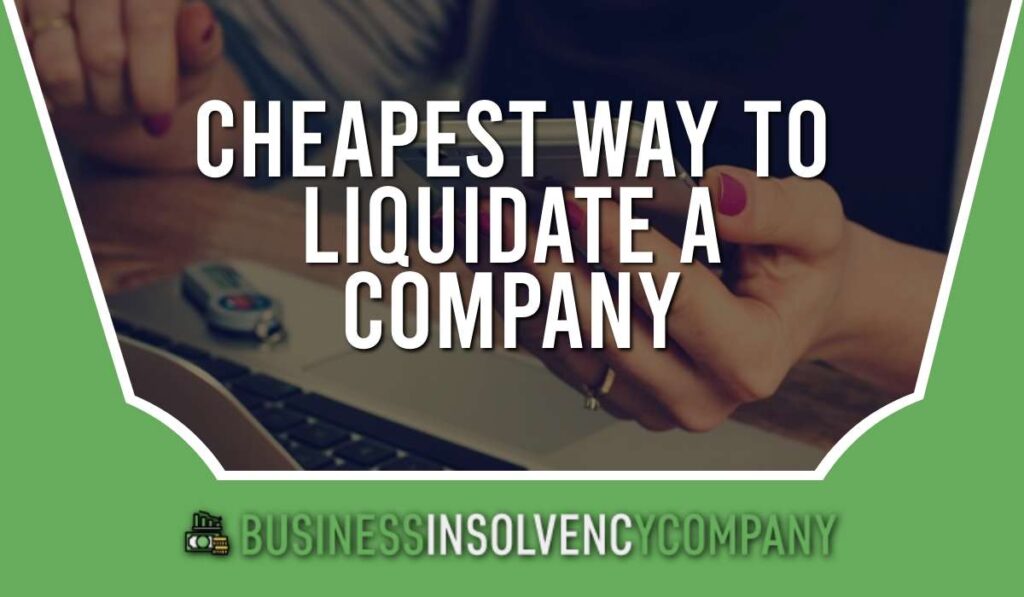
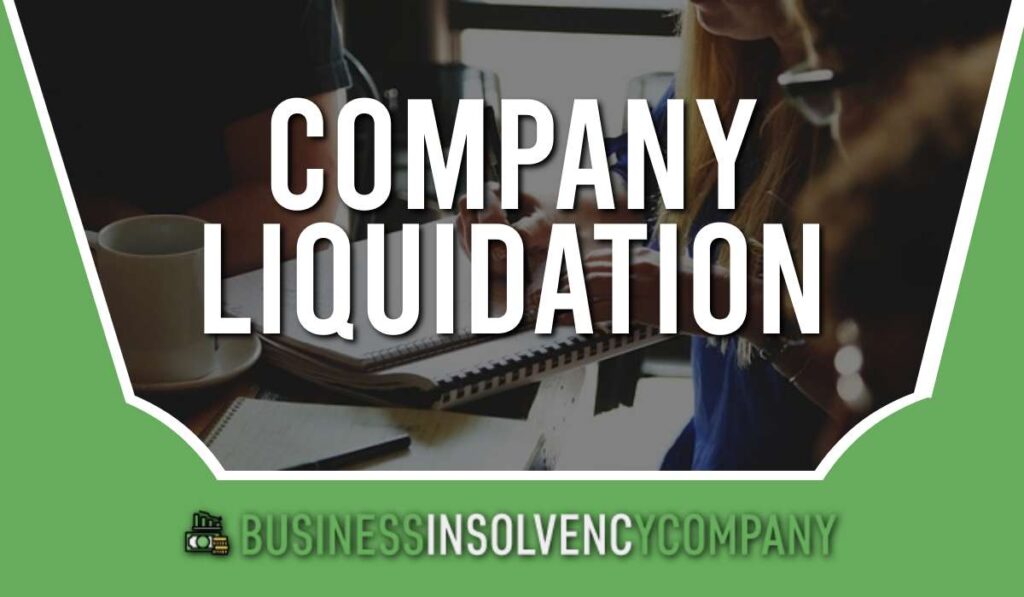
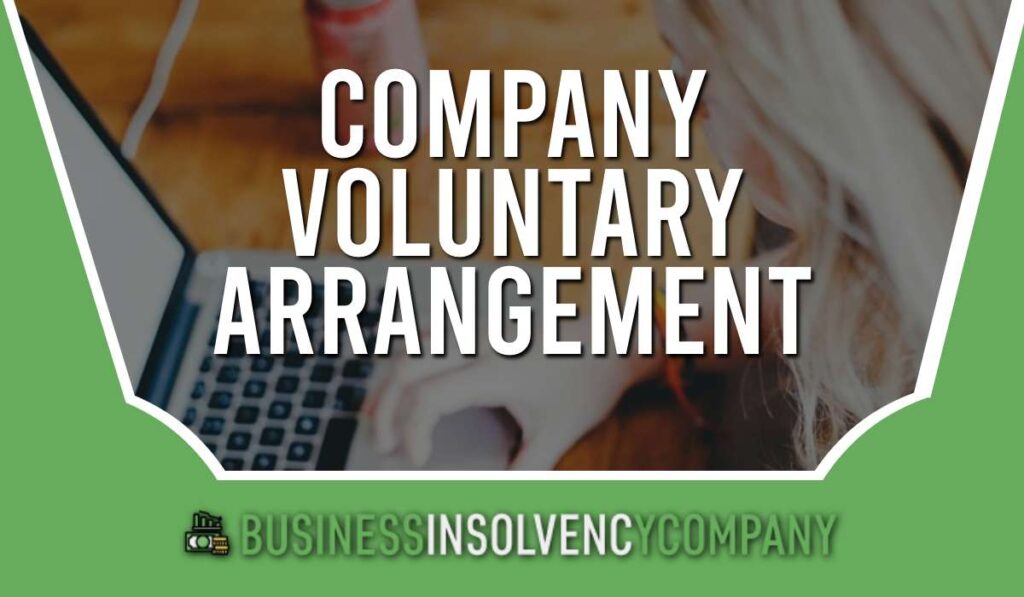

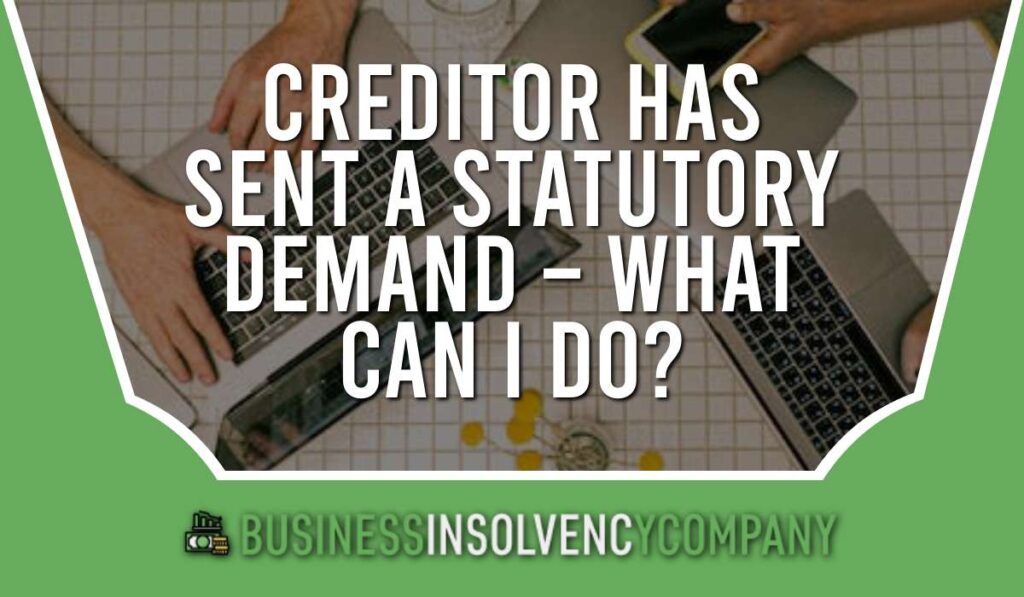
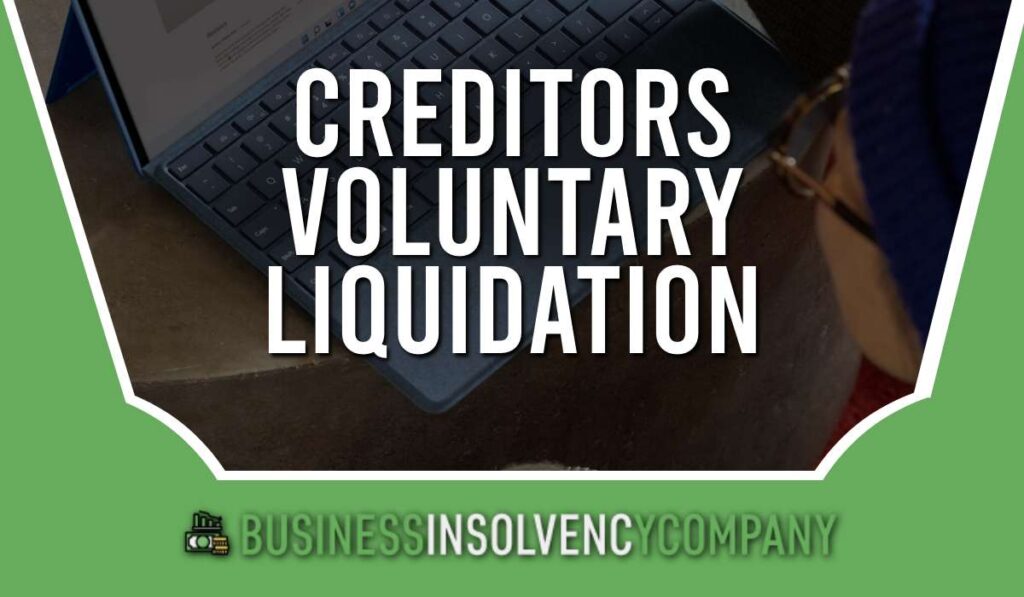
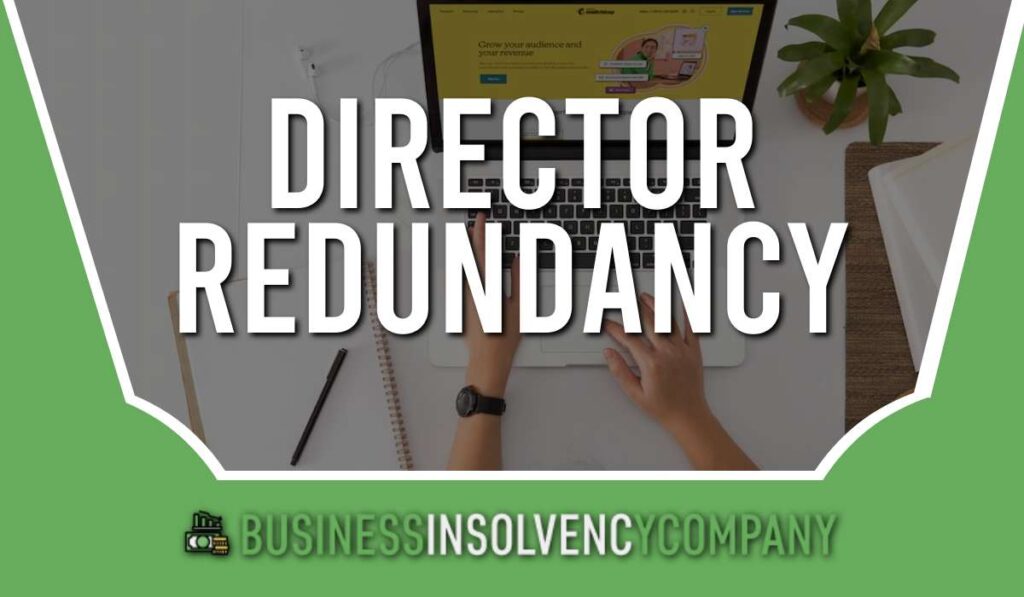
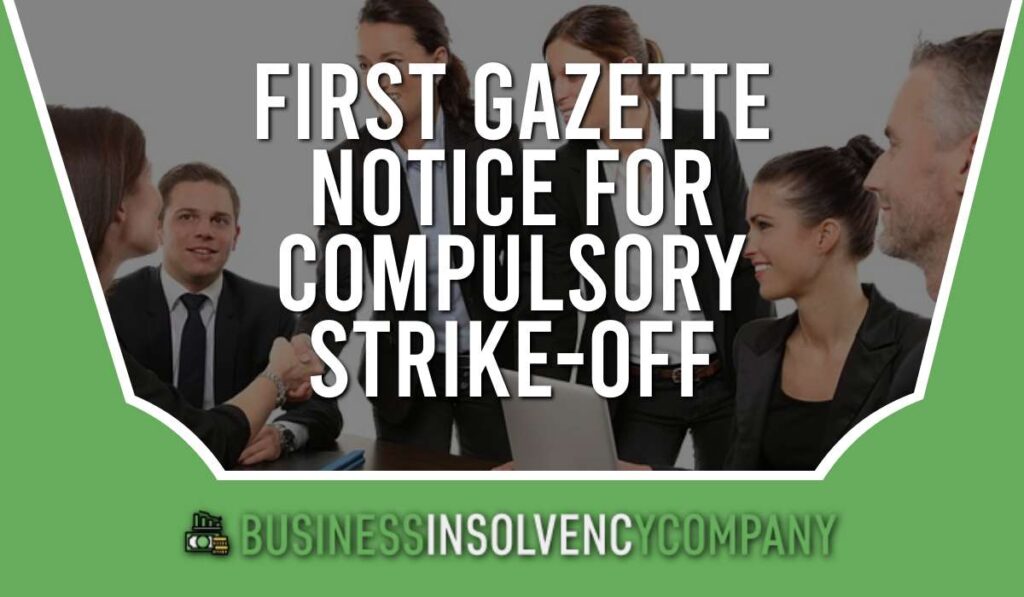
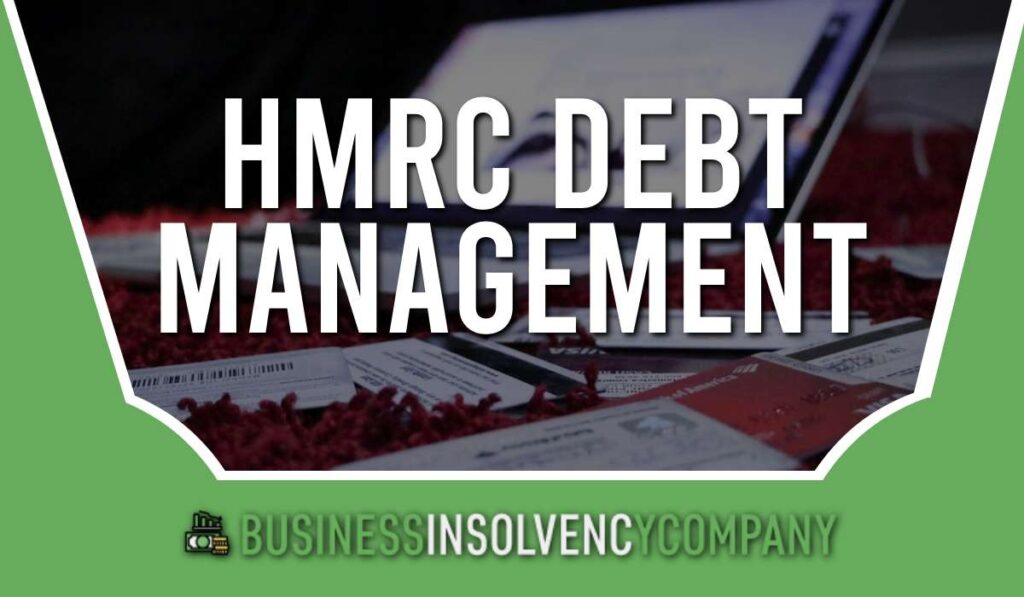

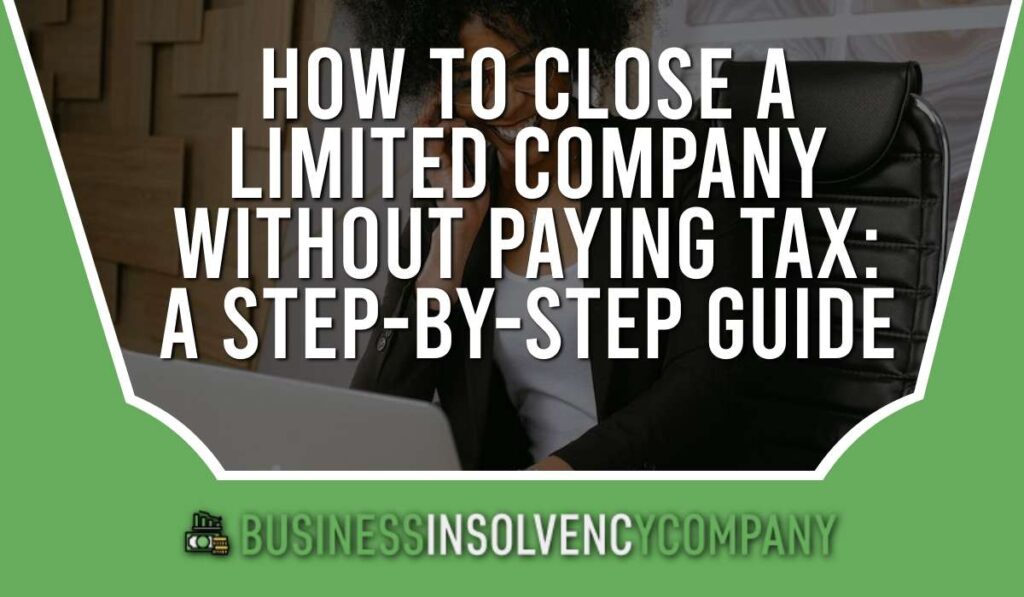
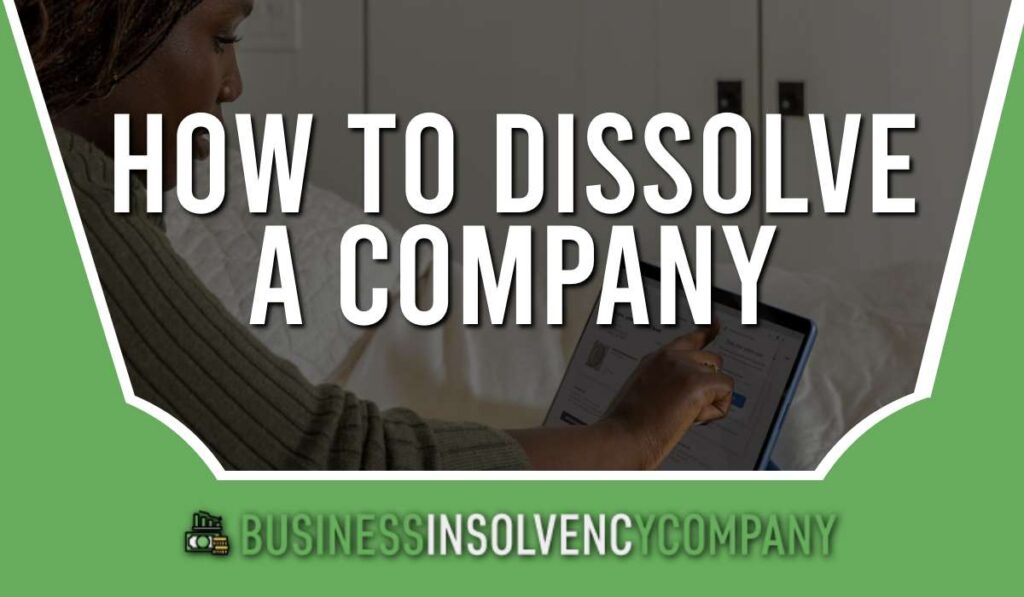



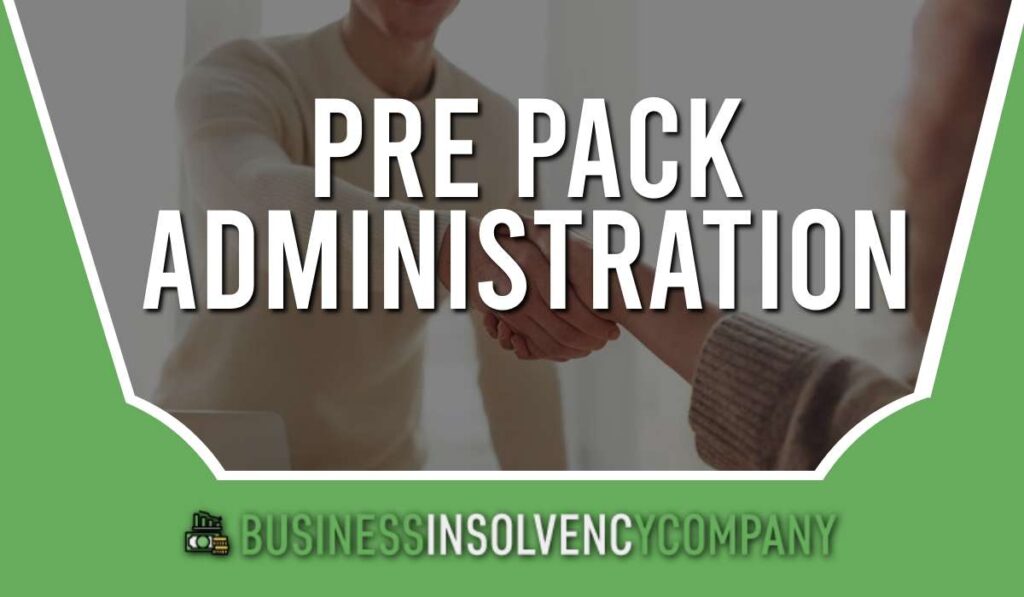





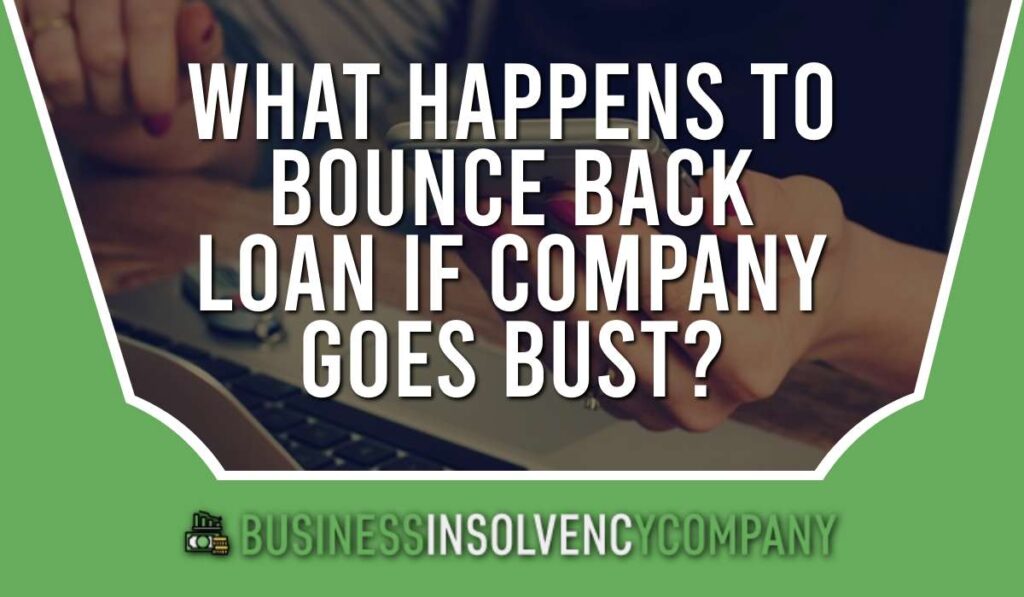
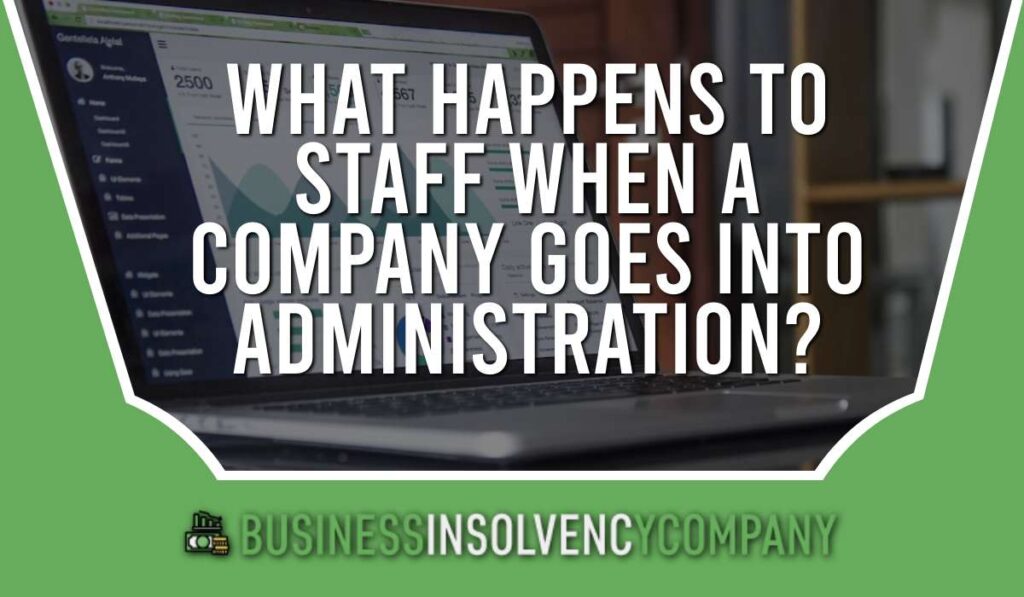

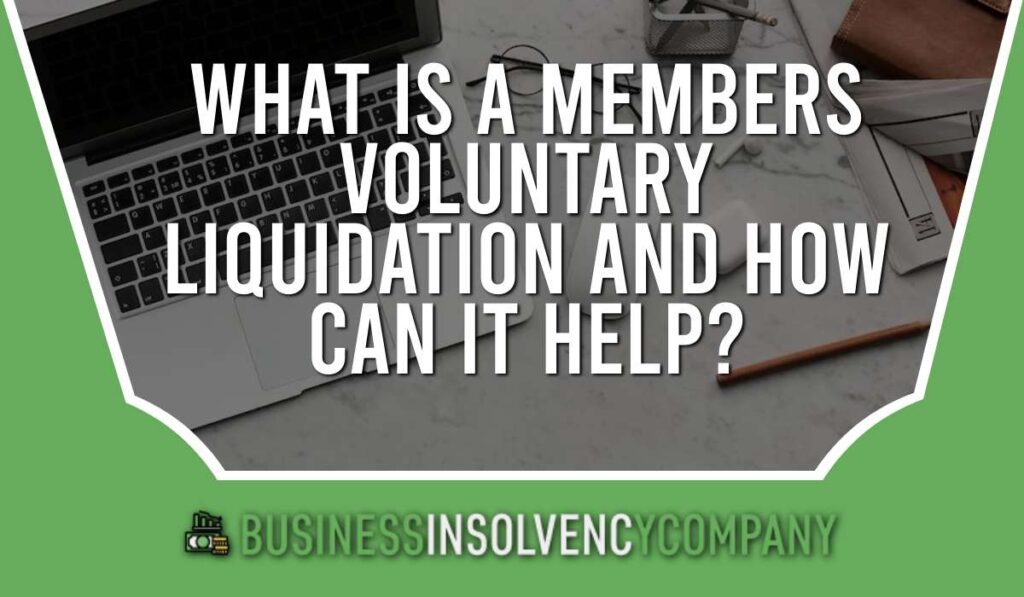

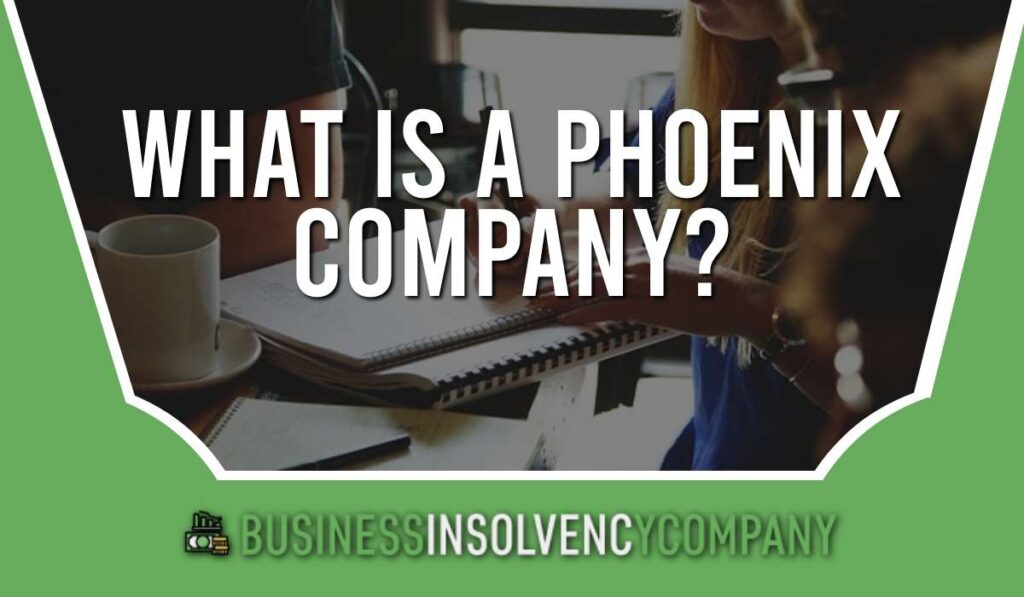

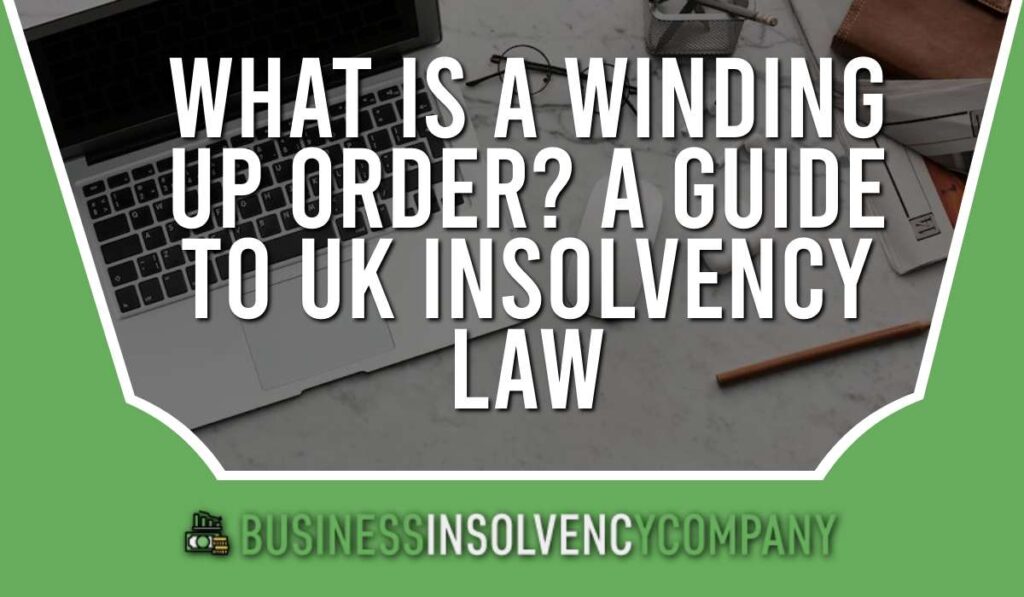




We Aim To Reply To All Enquiries With-in 24-Hours